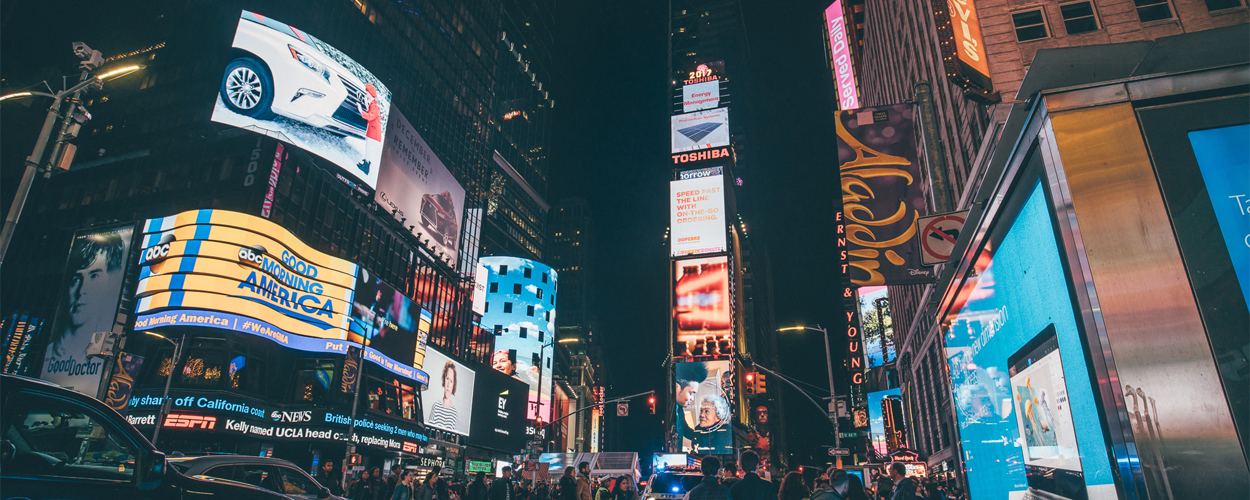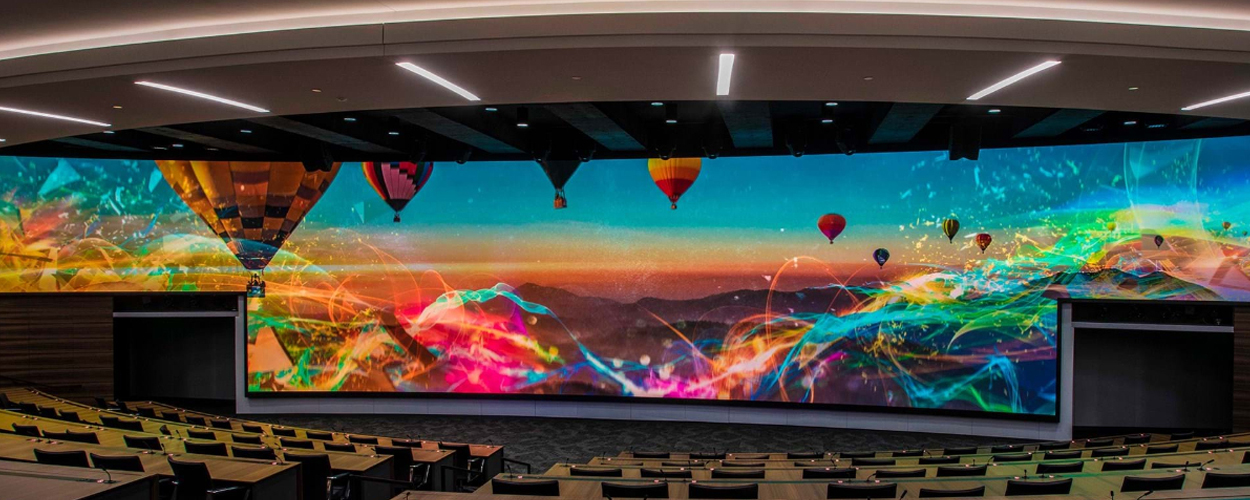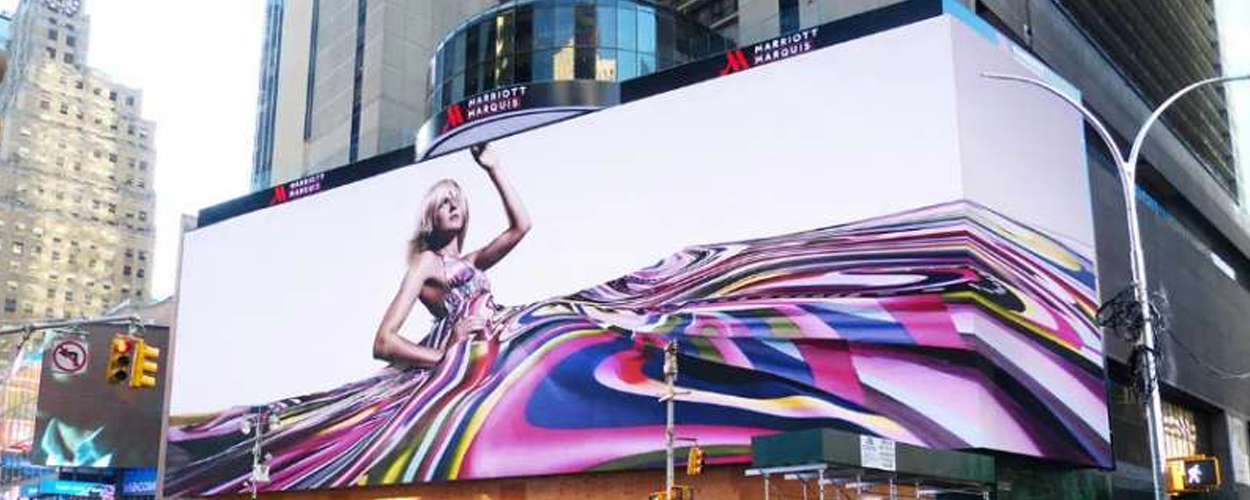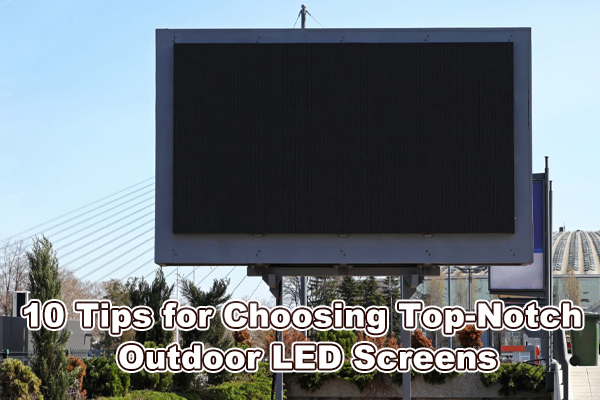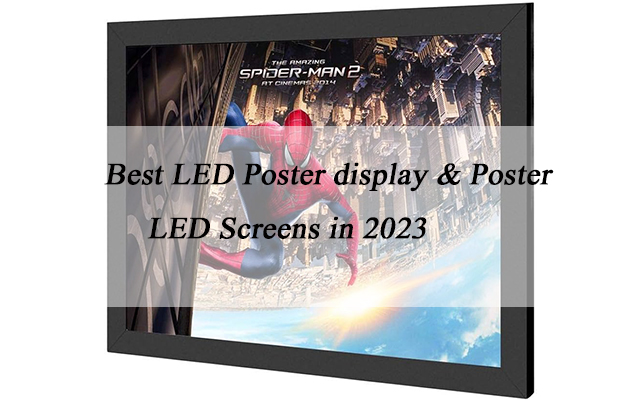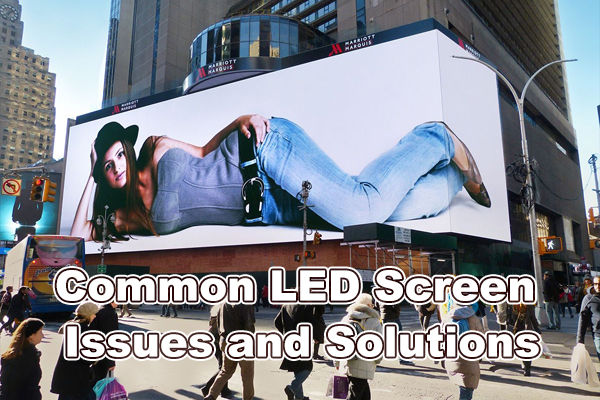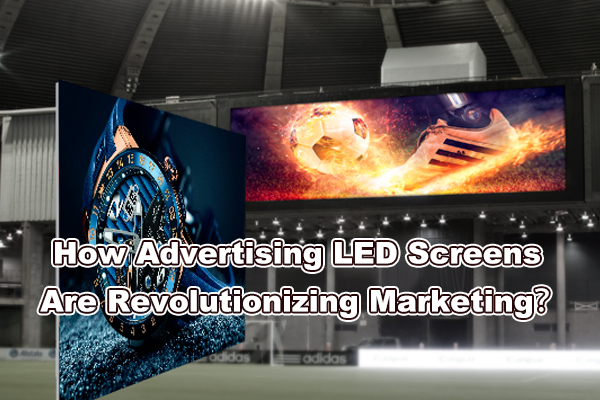While using full-color LED display devices, encountering issues is inevitable. Today, let’s delve into how to identify and troubleshoot problems with full-color LED screens.
Step 1: Check Graphics Card Settings
Start by ensuring that the graphics card settings are configured correctly. The necessary setup methods can be found in the electronic documentation on the CD; please refer to it.
Step 2: Verify Basic System Connections
Inspect fundamental connections such as DVI cables, Ethernet ports, ensuring they are correctly plugged in. Check the connection between the main control card and the computer’s PCI slot, as well as the serial cable connection.
Step 3: Examine Computer and LED Power System
Verify if the computer and LED power system meet usage requirements. Insufficient power to the LED screen may cause flickering when displaying near-white colors (high power consumption). Configure a suitable power supply according to the requirements of the screen’s power demand.
Step 4: Check Status of Sending Card’s Green Light
Examine if the green light on the sending card is blinking regularly. If it blinks consistently, proceed to step 6. If not, restart the system. Before entering Win98/2k/XP, check if the green light is blinking regularly. If the issue persists, inspect the DVI cable connection. If the problem persists, it could be a fault with the sending card, graphics card, or DVI cable. Replace each one separately and repeat step 3.
Step 5: Follow Software Instructions for Setup
Follow the software instructions for setting up or reinstalling and configuring until the green light on the sending card blinks. If the issue persists, repeat step 3.
Step 6: Inspect Green Light on Receiving Card
Check if the green light (data light) on the receiving card is synchronously blinking with the sending card’s green light. If it blinks, proceed to step 8. Check if the red light (power) is on; if it is, move to step 7. If not, check if the yellow light (power protection) is on. If it’s not on, check for reversed power connections or no power output. If it’s on, check if the power voltage is 5V. If yes, turn off the power, remove the adapter card and ribbon cable, then try again. If the problem persists, it may be a fault with the receiving card. Replace the receiving card and repeat step 6.
Step 7: Inspect Ethernet Cable
Check if the Ethernet cable is well-connected and not too long (use standard Cat5e cables, with a maximum length of less than 100 meters for cables without repeaters). Verify if the cable is made according to the standard. If the issue persists, it may be a fault with the receiving card. Replace the receiving card and repeat step 6.
Step 8: Check Power Light on the Display
Verify if the power light on the display is on. If not, go back to step 7. Check if the adapter card interface definition matches the unit board.
Note:
After connecting most screen units, there might be instances of no display in certain boxes or screen distortion. This could be due to loose connections in the RJ45 interface of the Ethernet cable or the absence of power supply to the receiving card, preventing signal transmission. Therefore, reinsert the Ethernet cable (or swap it) or connect the receiving card power supply (pay attention to the direction). These actions usually resolve the problem.
After going through the above explanation, do you feel more knowledgeable about diagnosing and addressing issues with LED electronic displays? If you want to learn more about LED screens, stay tuned for our updates.
Post time: Nov-28-2023


